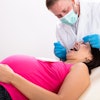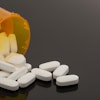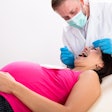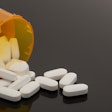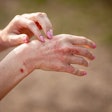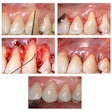Patients who respond to questionnaires on their oral health can help predict the development of periodontitis, according to a new study.
The study was published in the Journal of Dental Research, and used eight questions developed by the U.S. Centers for Disease Control and Prevention and the American Academy of Periodontology (AAP) that address gum health and treatment history, loose teeth, bone loss around teeth, teeth not "looking right," and use of dental floss and mouthwash (November 2013, Vol. 92:11, pp. 1041-1047).
Responses were obtained during the in-home interview component of the 2009-2010 National Health and Nutrition Examination Survey (NHANES). Response rates were greater than 95%, suggesting that adults responded well to the questions in the survey.
Researchers then compared the self-reported data against clinically classified periodontitis assessed during an examination protocol used in the NHANES survey to gauge predictive performance. Statistical analysis indicated that the self-reported data on gum health and treatment, bone loss, and use of dental floss were effective in predicting periodontitis.
More than half of U.S. adults have some form of periodontal disease, making it a significant public health issue. The ability to conduct valid and reliable periodontal research that uses fewer resources allows better understanding of community-specific disease trends, and allows dentists to provide better, more personalized treatment for patients, according to Stuart Froum, DDS, AAP president and director of clinical research in periodontics at New York University's dental center.
The AAP supports the study's findings that while clinical data remain the preferred measure for surveillance of periodontitis, self-reported measures offer an effective alternative for expanding public health research of periodontitis among adults. Self-reported models provide a viable alternative to clinical periodontal measures in population surveys where the latter may be impractical or cost-prohibitive.
